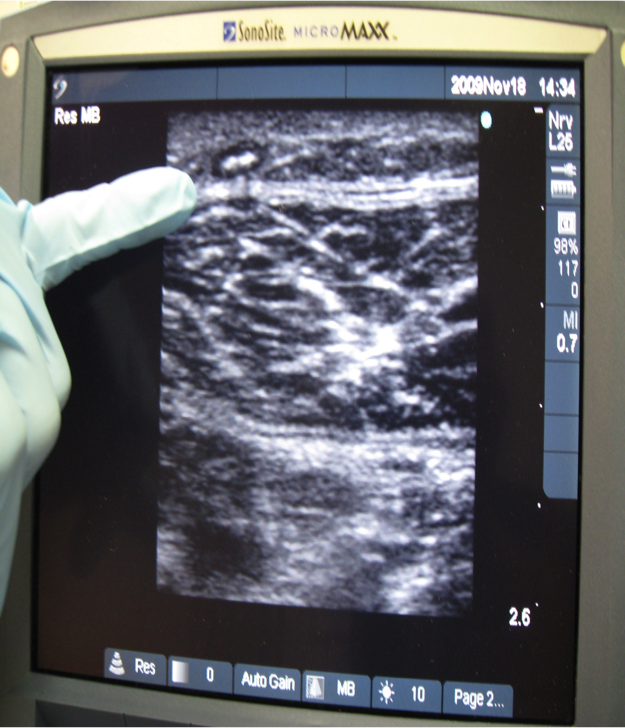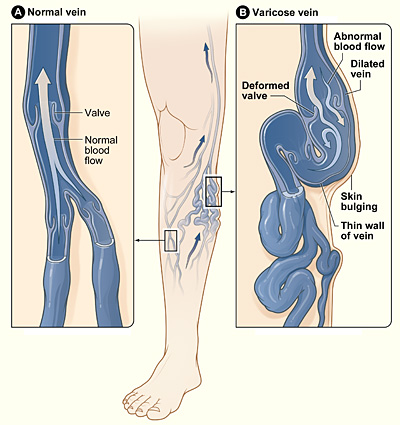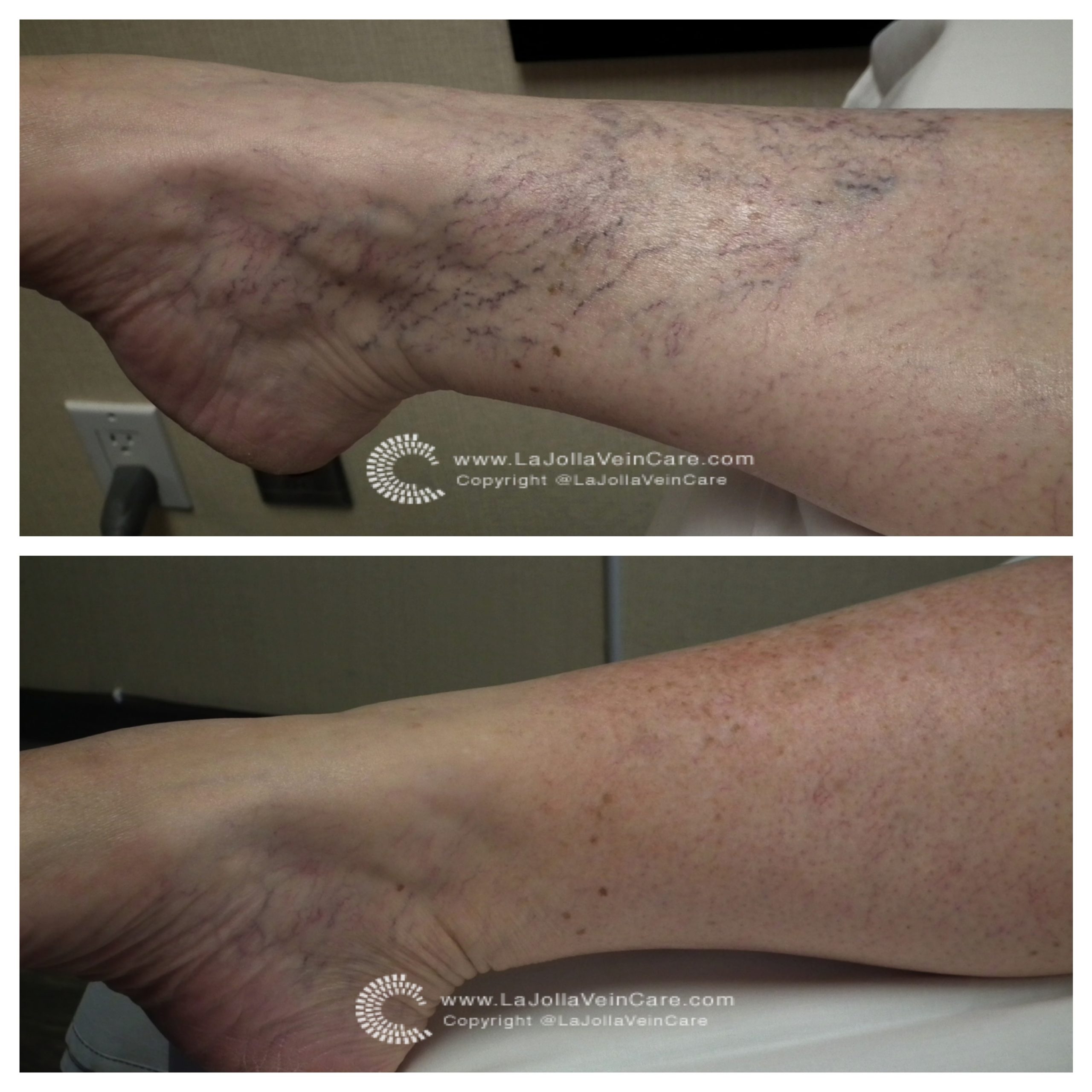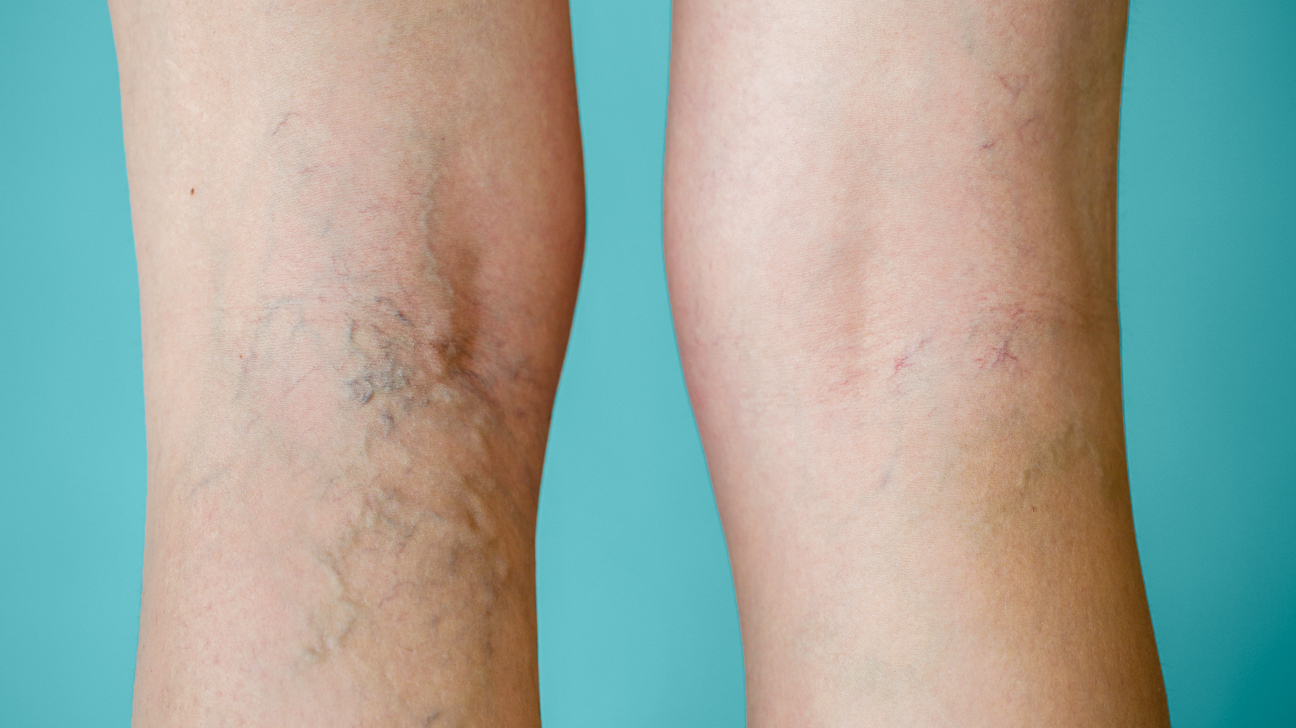Dr. Bunke Trains Doctors Using Vein Simulator
Dr. Bunke Paquette instructed doctors on advanced techniques of sclerotherapy last week at a workshop hosted by the Society for Vascular Medicine. Dr. Bunke used a special training model, called a ‘sclerotrainer,’ which allows educators to teach vein injection techniques on a lifelike model that includes veins filled with fluid that is the same viscosity […]









